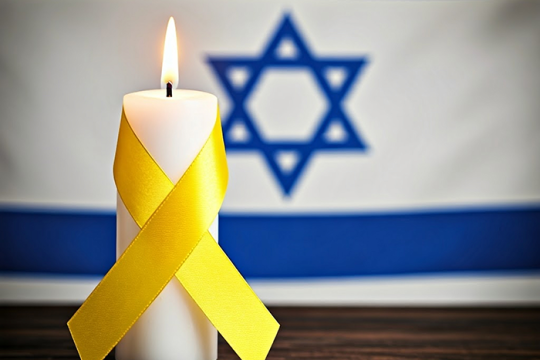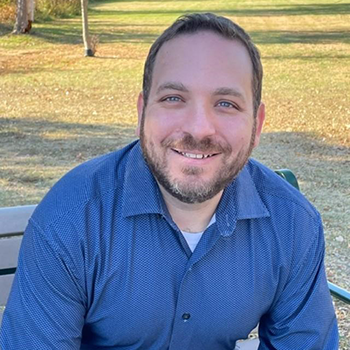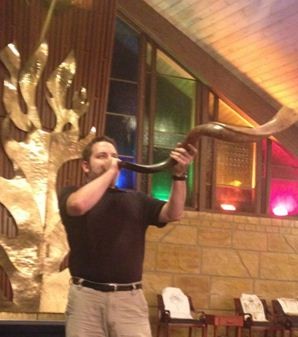“Wake up, wake up, you sleepers from your sleep, and awake you slumberers from your slumber.” (Mishneh Torah, Hilchot Teshuvah 3:4)
I am my temple’s ba’al tekiah (one who blows the shofar), and my current record is 56 seconds. I have been blowing shofar for my temple for 12 years with a long shofar my grandfather bought in Tel Aviv long ago. People always ask what my secret is and where I hide the oxygen tank, but I do hope they heard all 56 seconds.
In Biblical times, the ba’al tekiyah would often sound the calls in an area of town where everyone would be able to hear, like a hilltop. The shofar call was to be heard by all, to awaken them and serve as an announcement for the people: “The High Holidays are coming!” “The High Holidays are here!” “The High Holidays are over!”
While all of the shofar calls have meaning, tekiah gedolah is meant to give hope and inspire. As the longest of the calls, and what some people consider the most important, it makes mathematical sense to stand on a hilltop. From that point, there are no obstructions, and the sound waves will have further to travel. The ba’al tekiah made sure that every person in his village could hear its sound.
The townspeople had no stopwatches, and they didn’t count “One Mississippi, two Mississippi” because nobody knew of the Mississippi counting method yet. Today, the focus of a “good” gedolah is the length of the call, but beyond that, a “good” gedolah is one that makes you reflect and hold your breath in awe. When I started blowing shofar, I watched the children and their stopwatches. Today, when I sound for my congregation, I don’t mind being told how long my call was, but I haven’t watched a clock while holding the note for a couple of years now. My main focus when I blow shofar is to make sure everyone can hear it. The longer I hold tekiah gedolah, the greater the chance that no one in the congregation misses their chance to truly listen to its sound.
I have been asked to visit some members of the congregation at home or in the hospital when they cannot attend services, and when I do so, I blow the shofar for them. After the gedolah is sounded and I lower my shofar, their eyes are wide and a smile spreads across their face. They didn’t watch the clock. They didn’t count in their heads. They just listened. “Happy is the one who knows the shofar’s cry.” (Psalms 89:16)
Do you recall a time when you listened to the shofar’s calls and you were sad or upset? That shofar call was more than likely the most meaningful gedolah you heard. You weren’t counting in your head or watching a stopwatch. You probably also didn’t ask the person next to you how long it was. Even after it stopped, the sound reverberated within you and sparked a sense of greatness and of hope.
During the High Holidays this year, leave your iPhone clock in your pocket. Instead, close your eyes. Instead, watch the shofar. Just listen. Do you know the sound of the shofar?
Listen.
Barak Malkin, a longtime youth advisor in his home congregation, Temple Emanu-El, Edison, NJ, recently earned a certificate in Jewish Education for Adolescents and Emerging Adults from HUC-JIR, where he was a member of the inaugural cohort. He is an accountant for Wakefern Food Corporation.
Related Posts
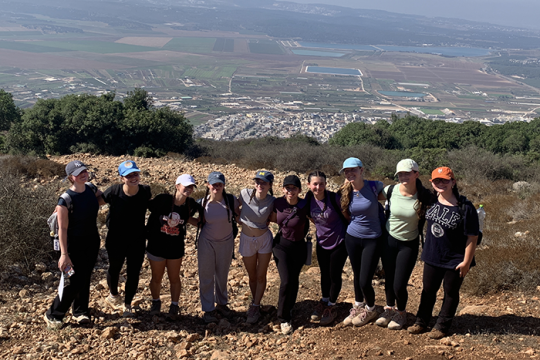
From Ancient Ruins to Modern Marvels: 10 Must-See Sites in Israel
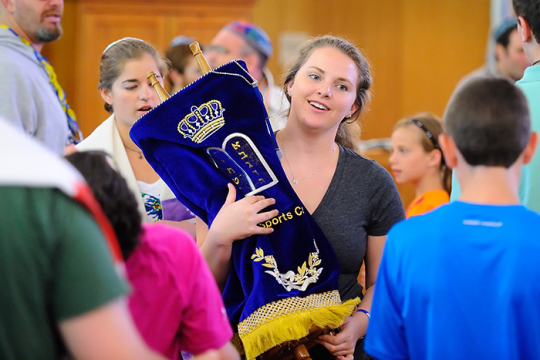
Five Ways to Encourage Teens’ Jewish Identities
